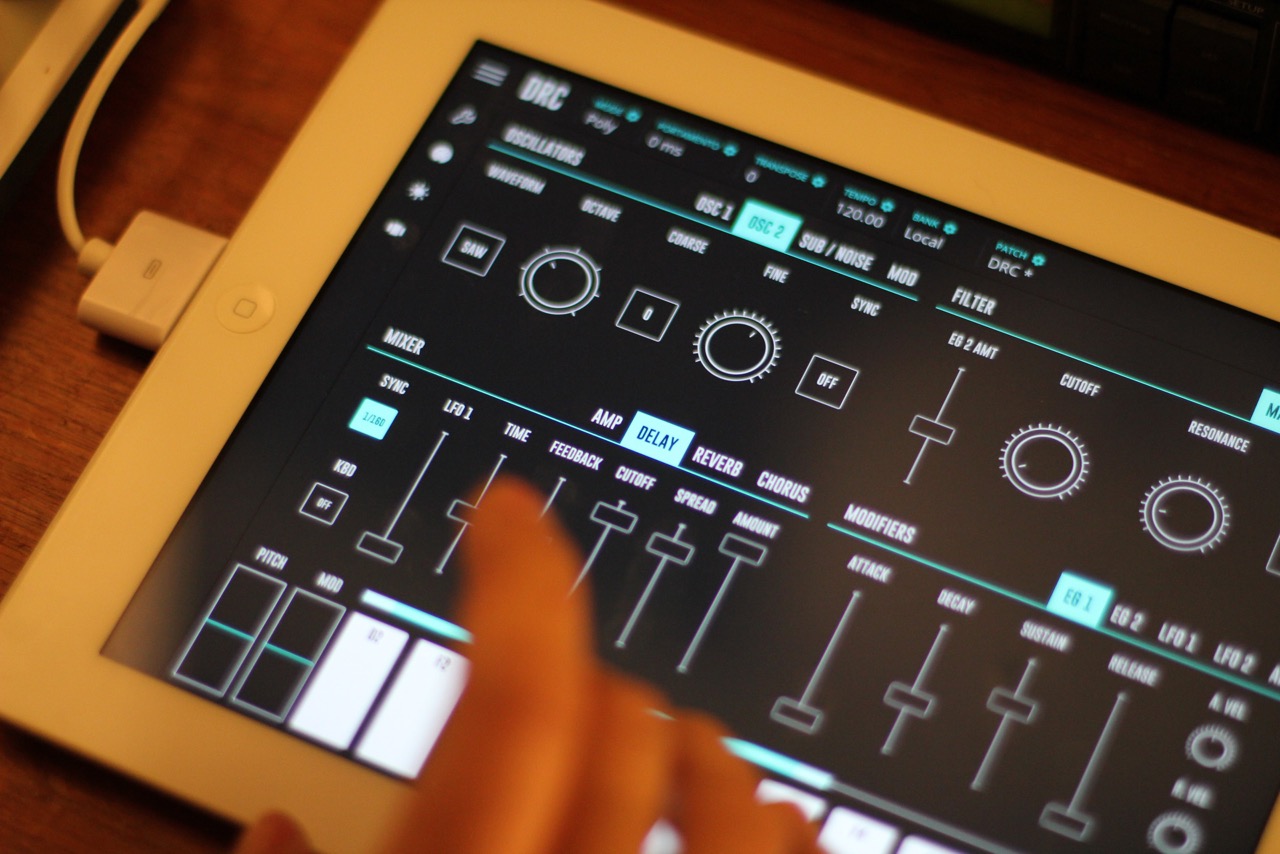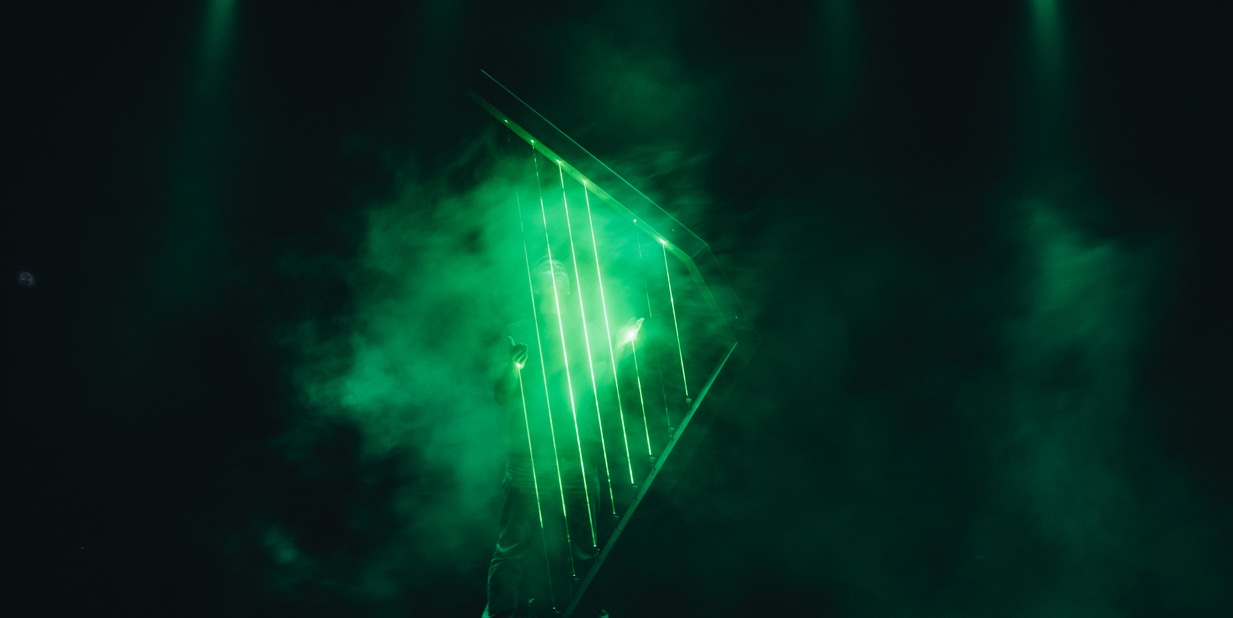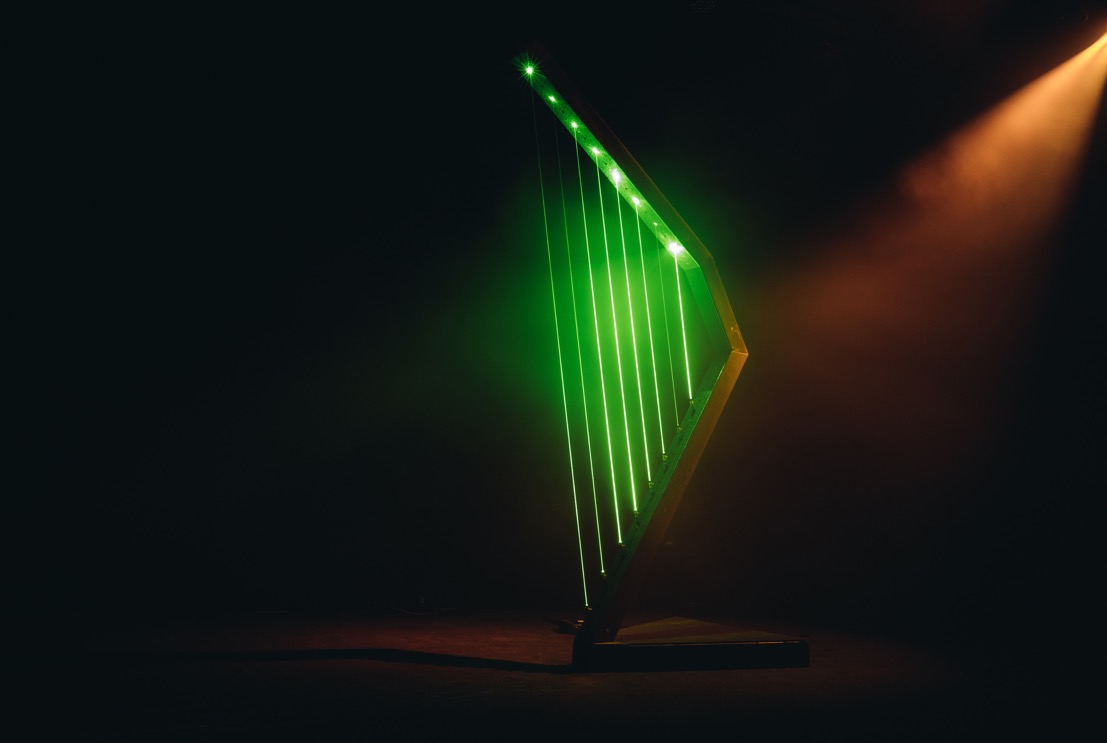When music and technology meet, only great things can come from there. The long marriage between these two makes it hard to find a way of differentiating any product coming from there, so no wonder Imaginando’s polyphonic synth is becoming so popular these days.
Firstly, what is Imaginando?
A Portuguese startup which merges the passion of music and technology. As a matter of fact, it is the product of this one-man band business adaptation since its micro-sized team only consists of its founder, who accumulates the responsibilities of management, product development, design, marketing and website management. Surely that this guy – Nuno Santos – can count on the audio technology expertise of Rui Antunes, sound engineer and analog electronic master. Step by step, the team gets bigger: next year, a CFO/CSO will integrate Imaginando.
Back in 2014, working more and more with electronic music and Ableton Live, Nuno has come across the need of getting himself a controller for it.
There were already Ableton controllers for iPad by that time but I decided to do mine. What started as a personal challenge, became a business. I was selling an Ableton Live controller and was making part of a market trying to make the product greater everyday while using digital marketing to reach new customers.
And he did. At the moment, Imaginando has three available products in the market: an instrument – DRC– and two controller apps – TKFX (Traktor effect controller) and LK (MIDI controller for Ableton Live) – and the international press has been keeping an eye on it: reviews, reviews, reviews and more reviews on what it seems an unanimous opinion of the startup made to improve electronic music’s quality of life. We are not overreacting: last year, DRC was showcased at Google I/O and users considered it the best sounding synth for Android.

DRC App
The fact that Imaginando has been able to seed itself with so little investment and building all products in a sustainable way has been its biggest achievement, tells us the CEO.
Our clients have been our main investor. The company had profit on the second year and will grow 200% this year, compared with 2015.
Creative engineering
Above all, they believe in creativity. And so, the Harpa Laser was created. A contemporary reinterpretation of the conventional harp, replacing strings for lasers with the sound coming out of a digital synthesizer. After its debut, the success was so that the Harpa Laser is getting popular in the brand activation field.

Harpa Laser
The Portuguese startup wants to establish itself and its products as “reference tools and instruments for musicians worldwide, allowing them to create and have inspiring musical experiences”. We are sure they’re on the right track.

